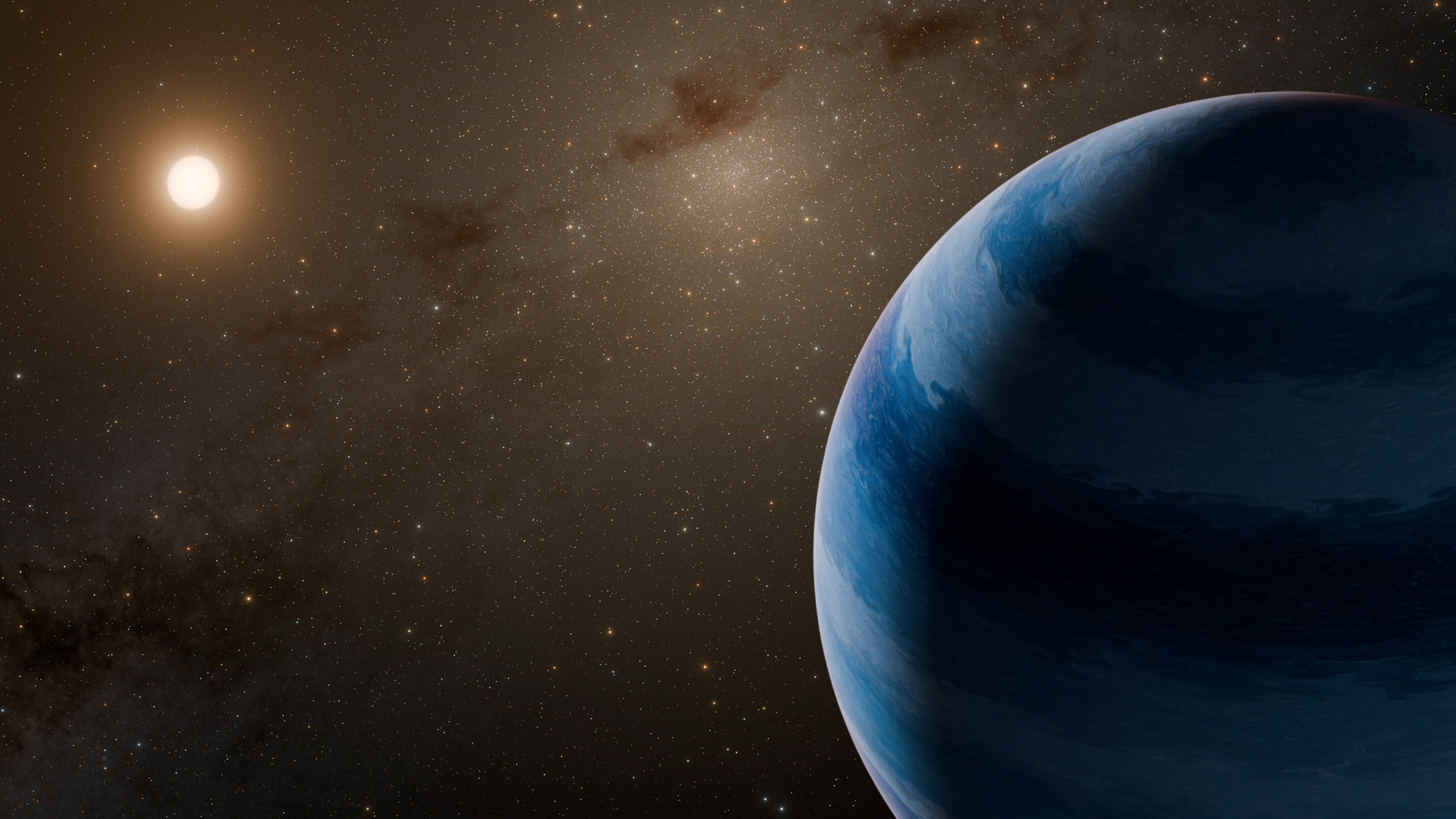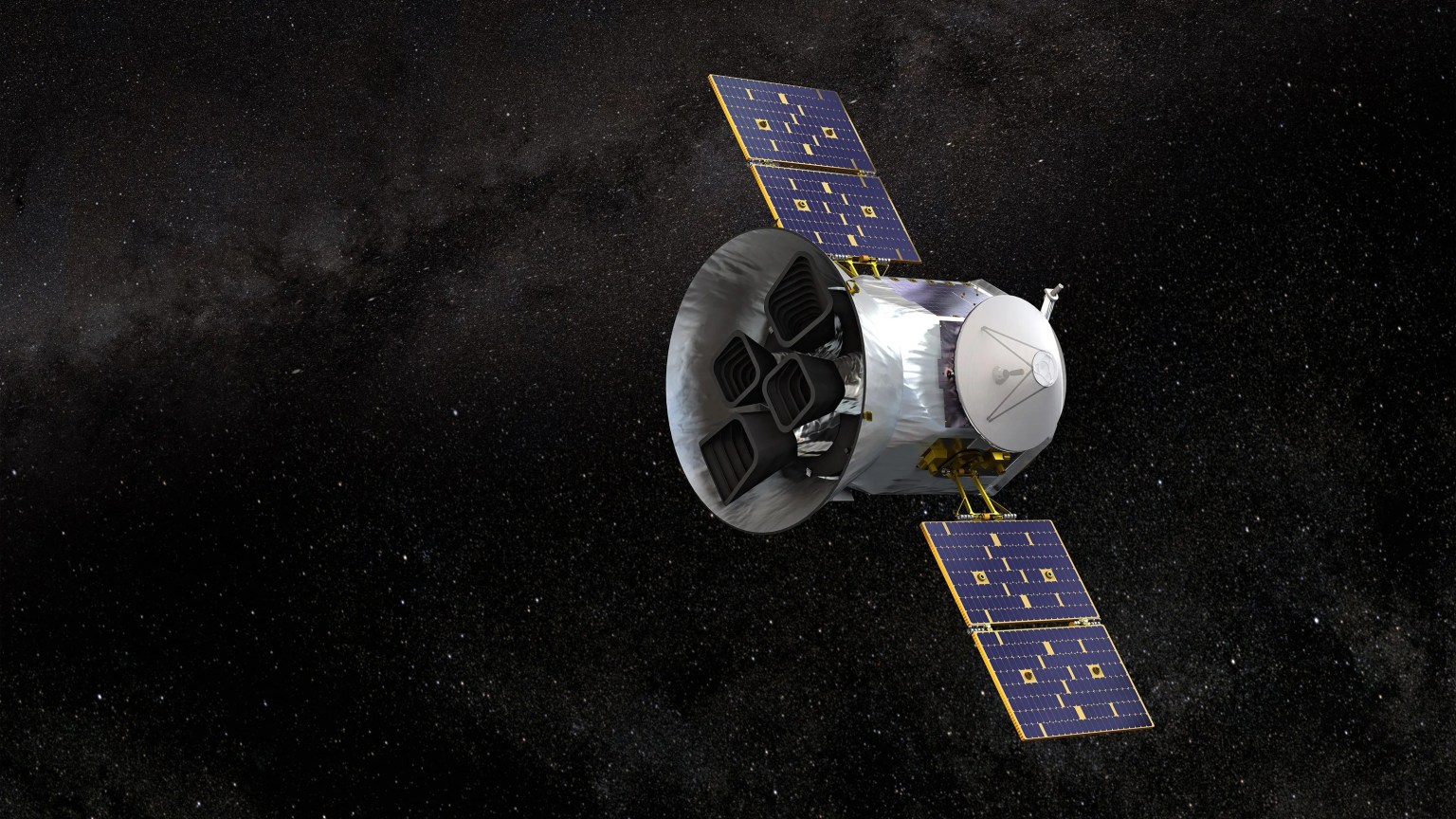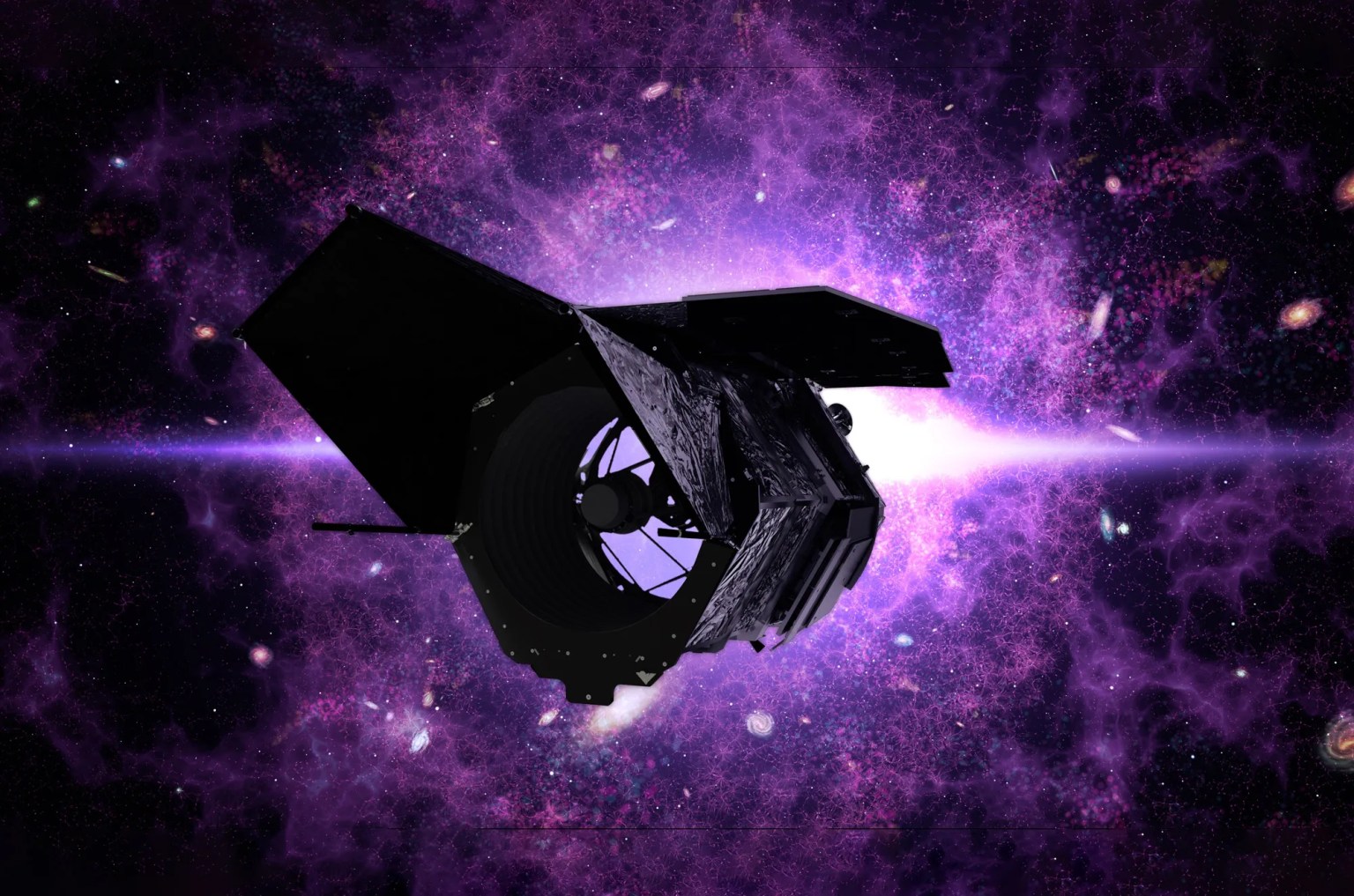Are we alone?
Searching for Life Beyond Earth
For as long as humanity has looked to the stars, we’ve wondered whether life exists elsewhere in the universe. Until the early 1990s, no planets were known beyond our solar system. As of 2025, thanks to NASA’s astrophysics missions, scientists have confirmed more than 6,000 exoplanets—worlds orbiting other stars—with thousands more candidates awaiting confirmation. Among them, dozens are roughly Earth-sized and located in their star’s habitable zone, where conditions may allow liquid water essential to life to exist.
While the first detailed census of exoplanets outside the Solar System was performed by NASA’s Kepler mission and some of the first observations of exoplanet atmospheres were obtained with Hubble, NASA’s search for life beyond Earth is accelerating through a new generation of missions. The James Webb Space Telescope is studying with unprecedented detail the atmospheres of distant exoplanets, searching for the chemical fingerprints of habitability. The Transiting Exoplanet Survey Satellite (TESS) continues to identify new planet candidates orbiting nearby stars, while the Nancy Grace Roman Space Telescope, launching in fall 2026, will expand this search to unprecedented scales—discovering thousands of new worlds. Roman will also demonstrate advanced coronagraph technology that will capture direct images of several planets around nearby stars. This is a crucial step toward the development of an instrument that will one day allow NASA to directly image Earth-like planets around Sun-like stars.
Building on that foundation, NASA is developing the Habitable Worlds Observatory (HWO)—the next great flagship mission in astrophysics. HWO will use evolved versions of Roman’s coronagraph and other cutting-edge technologies to detect and study Earth-like planets and analyze their atmospheres for signs of life. Together, these missions bring us closer than ever to answering one of humanity’s most profound questions: Are we alone in the universe?
NASA’s Webb Images Young, Giant Exoplanets, Detects Carbon Dioxide
NASA’s James Webb Space Telescope has captured direct images of multiple gas giant planets within an iconic planetary system. HR…
Read the Story
Habitable Worlds Observatory
The Habitable Worlds Observatory is a large infrared/optical/ultraviolet space telescope recommended by the National Academies’ Pathways to Discovery in Astronomy and Astrophysics for the 2020s.
Learn More


































